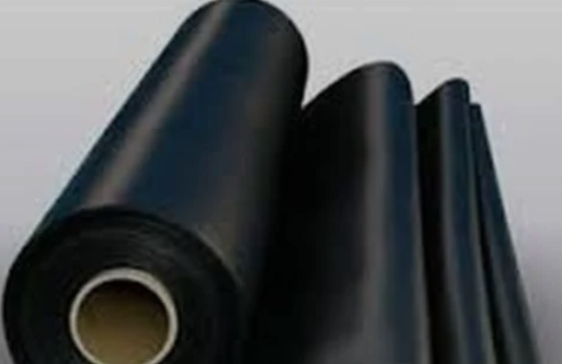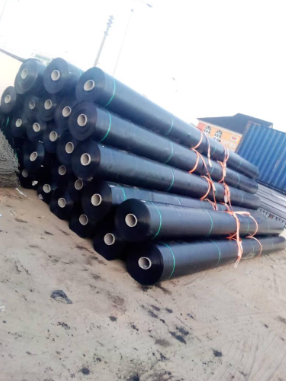- Understanding the Role of Geomembrane Liners in Waste Management
- Innovations in Geomembrane Liners for Water Management
- Geomembrane Liners: A Comprehensive Guide
- The Future of Geomembrane Liners in Civil Engineering
- Geomembrane Liners: Enhancing Landfill Stability
Manager:
WhatsApp:+86 177 0135 2670
Tel:+86 177 0135 2670
Email:marketing@okorder.com
Address:3rd Floor, No.2 Building, No.1 Sanlihe Road
Which is harder PVC or HDPE geomembrane?
Environmental factors:
Both PVC and hdpe Geomembranes have good environmental resistance. They are resistant to ultraviolet (UV) radiation, ozone, and weathering effects. However, pvc geomembranes may release toxic gases when exposed to high temperatures or fires. On the other hand, HDPE geomembranes are inert and do not react with most chemicals or biological substances in the environment.

Installation:
The installation process is an important consideration for selecting the appropriate geomembrane material. PVC geomembranes can be easily welded using hot air or solvent welding techniques. They also have good conformability, allowing them to adapt to irregular surfaces or contours. HDPE geomembranes require specialized equipment for fusion welding, which ensures strong and leak-proof seams. The flexibility of HDPE allows for easier handling during installation.
Cost:
The cost of PVC and HDPE geomembranes may vary depending on the project requirements and market conditions. Generally, PVC geomembranes are more affordable than HDPE geomembranes due to their lower raw material costs and ease of manufacturing. However, the overall cost may also depend on factors such as installation complexity, durability expectations, maintenance requirements, and long-term performance.
PVC and HDPE are widely used in different industries because of their excellent engineering properties as well as environmental awareness; however each one cannot substitute another in all situations – they have their own areas where they fit better than others do… so it is important that you choose wisely based on what type will work best for your project needs!
Geomembranes’ performance and service life can be affected by environmental conditions, for example extreme temperatures, ultra-violet light and earth movement. In outdoor applications, to ensure that PVC geomembranes do not degrade with time they may require additional measures of UV stabilization. HDPE geomembranes resist ultraviolet rays as a part of their nature thereby exhibiting better long-term performance when used in external environments.
Cost Implications
Material choice for engineering works is determined largely by cost implications. From the point view of initial material costs, PVC geomembranes maybe considered cheaper than HDPE geomembranes. Nevertheless, HDPE geomembrane have a longer lifespan which results into lower maintenance and replacement costs over time.

Summary
In summary; both PVC and HDPE geomenbranes have unique features and benefits for use in containment applications within civil engineering works, environmental protection schemes and geotechnical endeavours too. Compared to HDPEs these materials exhibit intermediate hardness levels but they also show some resistance against chemicals such as acids. On the other hand flexibility is one of the major strengths shown by high density polyethylenes together with toughness against impact loads which could be handy while dealing with areas having poor soils or those prone to settlements due earthworks vibrations caused by heavy machinery during construction phase.PVCs are not good when exposed to ultra violet light but they can work well if mixed with stabilizers like carbon black since this will help them absorb more energy from sun thus becoming less brittle over time.Care should be taken not only on physical properties but also on mechanical strength requirements posed by different projects where liners were being used.
- Previous:Which is better, HDPE geomembrane or UHMW?
- Next:Is HDPE geomembrane more expensive than PVC?
-
2024-12-05Geomembrane Liners: A Comprehensive Guide






